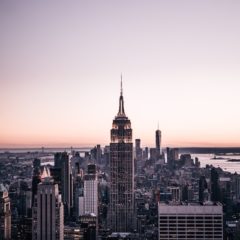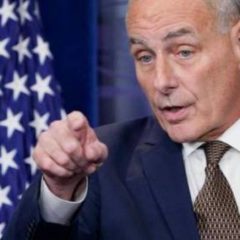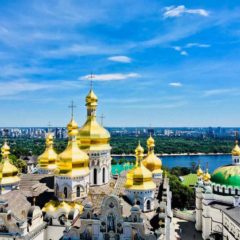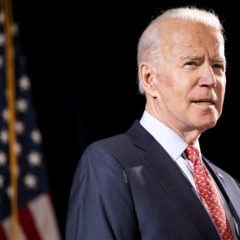US prices are growing at the fastest pace since 2008. This was shown by the key index published on May 28. A growth that will undoubtedly keep inflation at the center of economic and political debate.
The Bureau of Economic Analysis’s personal consumption spending inflation rate rose 3.6 percent in April from the previous year, the highest in 13 years and more than 3.5 percent of the growth economists expected in a Bloomberg poll.
The benchmark price index, which excludes volatile food and fuel prices, rose 3.1 percent in the year to April. This is the fastest pace since 1992. Prices rose 0.7 percent from the previous month. This is the largest increase in two decades.
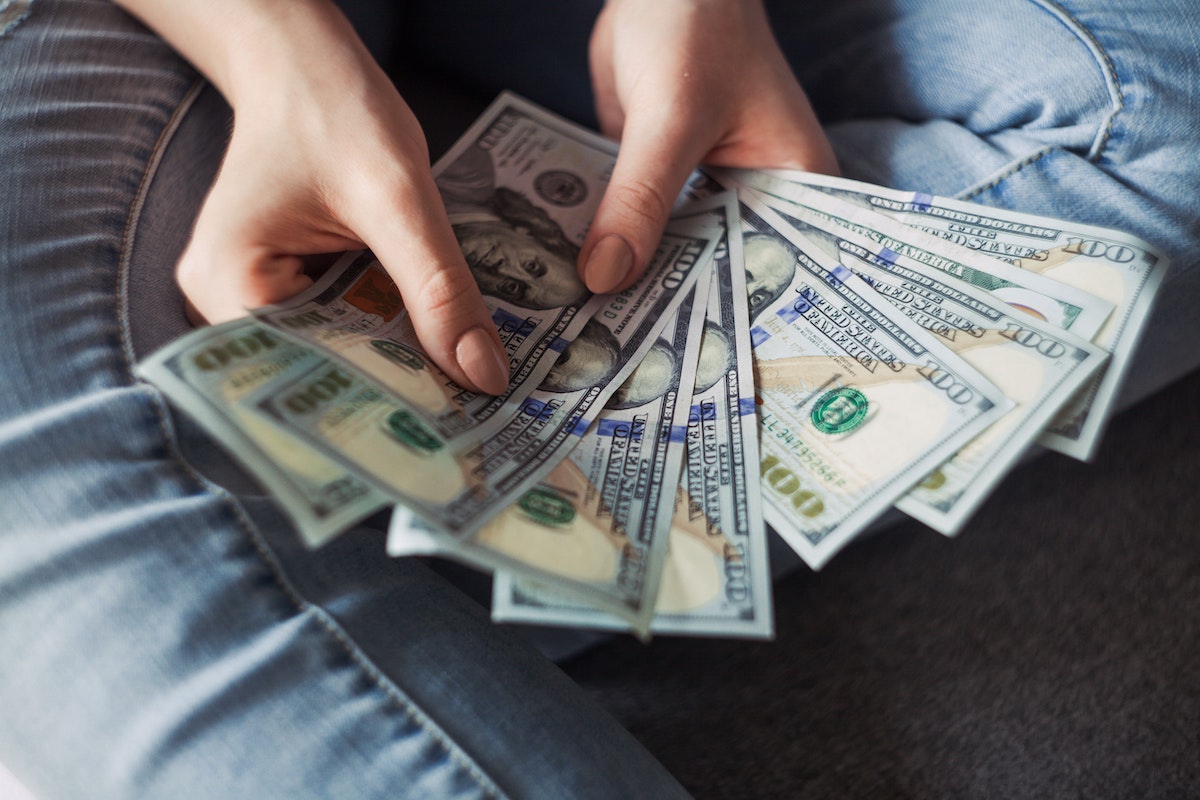
Rising inflation
The rise in inflation comes as recovering demand and supply shortages are pushing spending upward. This data point is jumping up in part as the price index fell to very low levels since last spring’s close. The inflation gauge is being monitored closely. This is important for the Federal Reserve. Officials are closely monitoring price increases as the economy recovers.
The Fed is aiming for 2 percent annual inflation on average over time. The increase in prices is now much higher. But central bankers and economists expect growth to stop over time. Producers must catch up with consumer demand and government incentives will disappear.
“The underlying inflation rate at a 29-year high will not bother the Fed for now,” wrote Ian Shepherdson, chief economist at Pantheon Macroeconomics. “We expect most of the Fed officials – and especially the governors – to stick to the line that inflationary pressures will be temporary.”
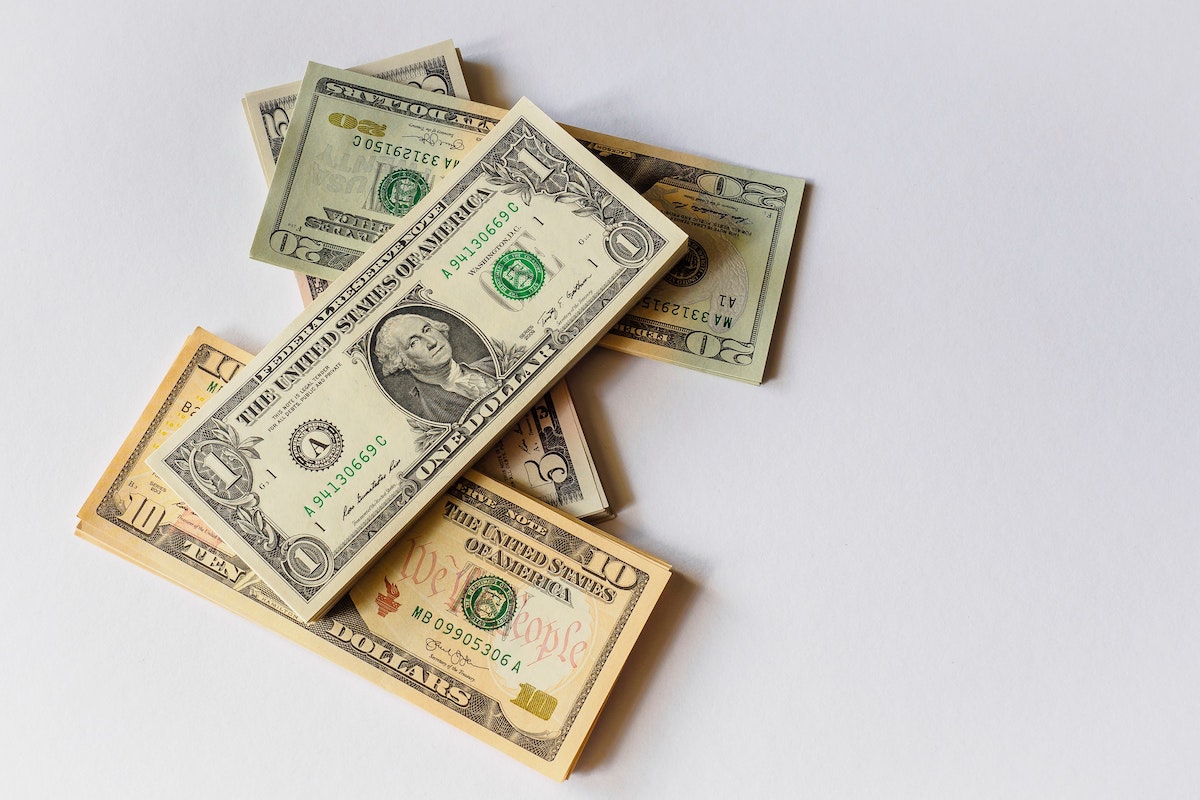
Personal income and expenses
The report showed that personal income fell sharply in April. The jump caused by stimulus payments in March has stopped, which was generally expected. Income fell 13.1 percent. This is actually less than economists expected (14.2 percent).
Personal spending rose 0.5 percent, at a slow but steady pace. But this improvement has weakened in terms of price increases. To the surprise of economists, spending actually fell slightly on an inflation-adjusted basis, falling 0.1 percent, without the 0.2 percent gain they noted.
“The combination of falling real consumption and rising prices last month gives a faint smell of stagflation,” Paul Ashworth, chief US economist at Capital Economics, wrote in a post-post note. There has been some growth in service costs. But he noted that the pace was “a bit disappointing given the removal of most of the Covid-related restrictions.”
But Gennady Goldberg, rates strategist at TD Securities, said that since the rise in inflation is likely to fade over time, it makes sense to focus on accelerating the underlying index. The general takeaway is that people are opening their wallets again.
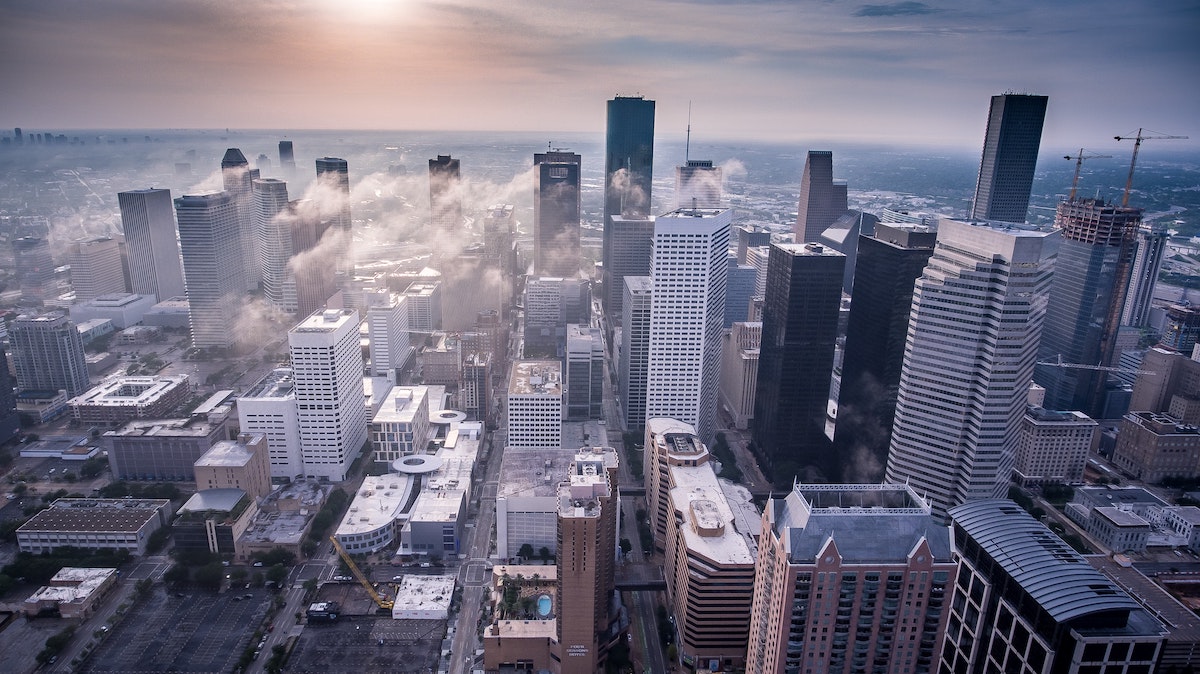
Central bank forecasts
But the central bank has also made it clear that if price increases prove to be sustained or out of control, it will act. This could mean a faster pullback from massive bond purchases or higher interest rates, policies the central bank is now using to support the economy by keeping borrowing costs low. Both bond purchases and low interest rates support asset prices. Therefore, the markets were on the verge of a possible acceleration of inflation, which is forcing the Fed to reduce its economic support.
Revised data, released on May 28, showed that the University of Michigan consumer inflation expectations were raised in May, and Americans expect prices to rise both in the near future and over the next five years. The inflation expectations index has been the highest since 2013 for this long time. In April, inflation rose more than expected. Senior Fed officials have been watching the Michigan data series for a long time.
Republicans portray inflation as a sign that high government spending is costly. At the same time, Democrats say that this is a temporary phenomenon, caused by the fact that demand is recovering, and supply must grow in order to satisfy it. They argue that a short-term rise in prices is not a reason for a change in rate.


